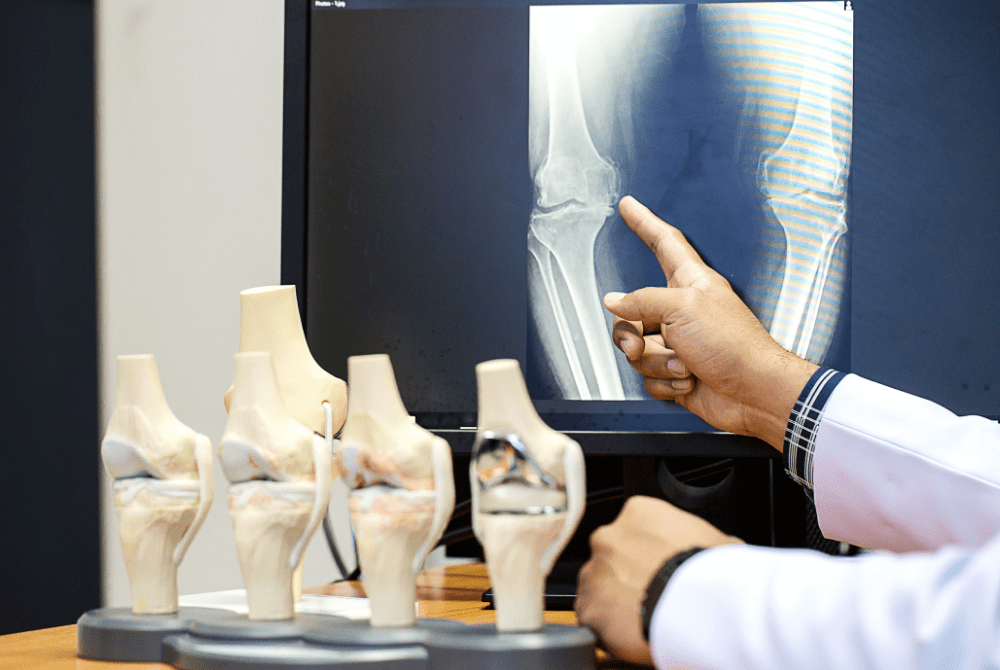As people progress towards aging, it is evident that they face health conditions, but the most common problem tends to be bone health in older adults. There are several factors behind why some people bone problems increasingly compared to others.
During their young age, some individuals did not compromise their health and took enough calcium and nutritious food to strengthen their bone health, but others failed to do so. Bone health is essential as you need to walk around without flinching in pain in your feet or joints during older age.
When talking about lifestyle factors that promote bone health and density, one new study establishes a discovery about excessive and prolonged consumption of alcohol and its association with your bone health. So, your liver might not be the only thing affected by alcohol; it is your bones too that lose their mass and strength as you grew old.
The study says that excessive and chronic alcohol consumption affects bone formation and remodeling in a body. Not just alcohol affects the new bone formation; it leads to more risk of getting fractures and a fair amount of delay in healing them. Researchers have mentioned that alcohol affects explicitly one cell known osteoblasts which are responsible for new bone formation.
The Bone Mechanism and Alcohol Drinking
We all lack knowledge about specific facts about our body and its mechanism, and precisely because of that, we sometimes indulge in habits that aren’t a very suitable activity in the longer-run. Previously, drinking was only harmful to our liver and our gut, which damages the mechanism over the years and could lead to liver cirrhosis conditions.
But the discovery by a specific research scientist from Omaha Veterans Affairs Medical Center, who also happens to be an associate professor in the department of surgery at Creighton University, redirects to many other dangerous possibilities due to chronic alcohol consumption.
Bone health is essential for so many reasons, and it is not just the women who are at their menopause stage to experience such changes in their body. Still, individuals who have been alcohol addicts for many years might face a crisis.
It is necessary to know that bones’ diminishing strength during women’s menopause phase is very different from decreasing bone mass and slower bone formation due to alcohol drinking. When we are young, our bones can maintain themselves with the bone remodeling process, where our old bones are replaced with newer bones in small portions in a few years.
The cells that remove old bones are known as osteoclasts, and the cells which develop new bones in the place of old ones are known as osteoblasts. The mechanism of this replacing of bones by both the cells is balanced in an individual who is healthy and isn’t prone to heavy drinking.
In the case of a person who has been exposed to chronic alcohol consumption, the regular older bone removal leaves a gap, and the new bone doesn’t accurately fill this up. This bone removal cycle doesn’t remain confines to only a single area in the body but in several places. Hence, in the long-run and after many bone remodeling cycles, a significant amount of bone loss could be measured.
Researchers have said that in both cases, bone loss and delayed bone healing, osteoblast is the only cell getting affected due to excessive alcohol consumption. It further involves the new bone formation and healing fractures or a broken bone.
Understanding the Link
Experts are yet to understand that how exactly alcohol affects the bone remodeling cycle by affecting osteoblast cells. Moreover, one thing has been clearly observed that osteoblast cells and their activity had more effect on it depending on the dose of alcohol one takes or if taking it occasionally or on an everyday basis.
Alcohol suppresses fracture healing by affecting “the synthesis of an ossifiable matrix”. Also, alcohol does cause bone abnormalities only related to the new bone formation of broken-bone healing but has a significant effect also on the bone marrow.
Some other mechanisms and factors need close examination to reach and assess the conclusion of how alcohol can affect osteoblast activity in-person affecting their bones and its remodeling significantly. There may be factors such as vitamin D levels in the person, how much he/she smokes, malnutrition, etc.
After knowing these facts and analyzing how alcohol affects osteoblast activity, the study could be validated and extended further.




